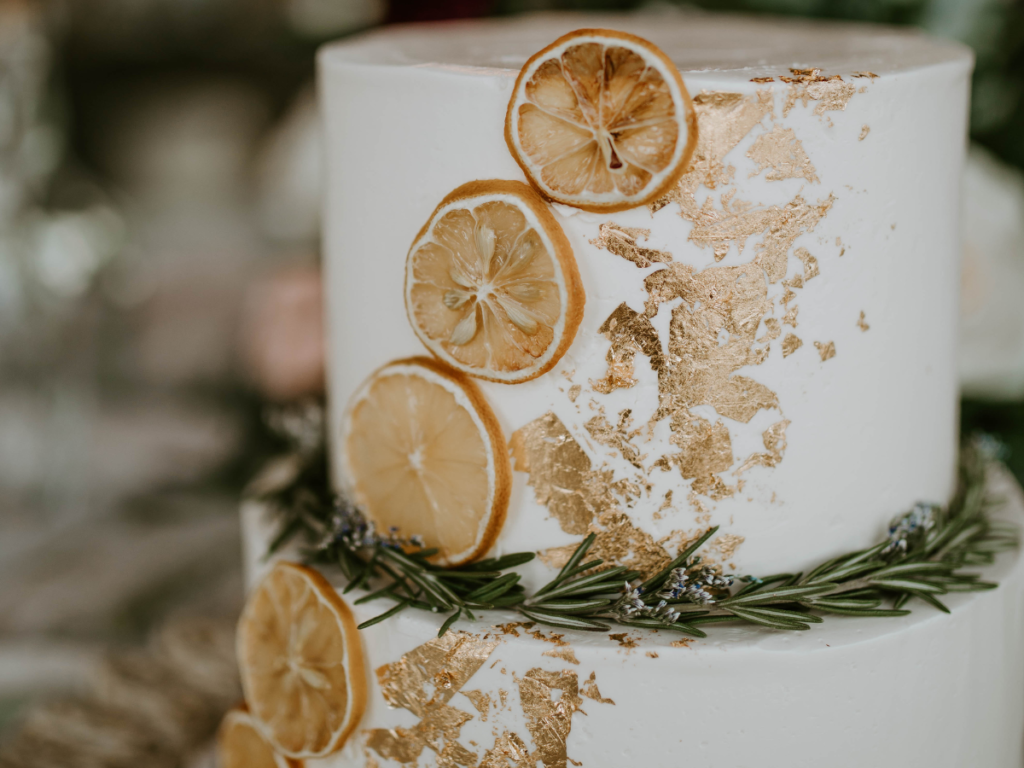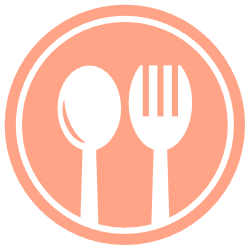Disclaimer: This article may contain affiliate links.
Most of us can think of at least one cake flavor we adore. Cake is a sweet confection that is the star of many memories and events, but what is cake and what is the history of this dessert staple?

What is Cake?
Cake is a baked dessert whose texture is like a light and moist sponge. Cake generally includes sugar, eggs, flour, butter, oil, and leavening agents like baking powder or baking soda.
There are many types of cakes and variations in size, shape, and texture. It is typically very sweet and can be flavored with almost anything you can imagine.
What is the History of Cake?
Humankind has always loved our sweet treat, dating back to the ancient times. History is rich with mixtures of early sweet creations. Early cake-like desserts were more closely related to bread with sweeteners like fruit and honey.
Ancient Egyptians
The earliest evidence of advanced baking skills lies with the Egyptians. They made a version of cake using simple ingredients like grain and honey. Dried fruits, nuts, yogurt, and spices would also be added.
There is an artifact of the early cake dating back to the reign of Pepi II (2251-2157 BCE). It is made with wheat, milk, and honey and cooked in two heated copper molds that fit together. This practice vacuum-sealed the dessert. It was found perfectly preserved. You can read more about it here.
Roman Empire
We make our way into the Roman Empire, where they are making some variations of early cake-like desserts. The usual suspects are here: honey, fruits, nuts, and spices. Romans also added cheeses and eggs to some desserts.
The inclusion of eggs marked a significant advancement by imparting richness and enhancing the cakes’ rise. Natural yeast was the main leavening agent. They often made these cakes as offerings to their gods. Check out an ancient Roman cake recipe here.
Medieval Europe
At this time, sugar was a luxury commodity. Cake-oriented desserts were made, but the sweeteners for common people were still sweet fruit juices or honey. Honey was still expensive and was mixed with fruit juices to help it go farther.
Two examples of cakes at this time:
Sweet sops: a bread like dessert that was soaked in a liquid. The sweet variety would have been soaked in something like wine.
Honey cakes: made with a base of honey, flour, and spices with nuts or fruit added. This was shaped into rounds or squares oftentimes and baked.
17th & 18th Century: Cakes Gain Steam (and lift!)
The 17th century is when baking powder hits the scene. This meant that cakes were about to get a big makeover. They had lift that made them airy and delicate. Sugar was also getting more common at this time. Early cookbooks started to come into play. Cakes began to be associated with special events like weddings and birthdays.
The pound cake also originated in the 17th century. The traditional pound cake recipe is made with one pound each of four main ingredients: butter, sugar, eggs, and flour.
In the 18th century, we see the ingredients in cakes start to branch out. This is when frosting and icing started to be paired with cakes. Cakes began to have diversity and exploded as baking technology and finer techniques began to grow. Cookbooks also became more popular at this time.
19th Century
This is when a huge wave of advancements happen for cake. The layer cake became popular, cakes became the central feature of celebrations, more eleborate cakes started to be created.
Cake molds and pans were created and new frostings and fillings were delighting left and right. Cookbooks continued to uptick as well, including more detailed instruction for various cakes.
Check out this cookbook for baking recipes from the 1900s-1980s!
20th Century
The 20th century saw a significant wave of cake innovations. Layer cakes gained popularity, taking center stage at celebrations, and inspiring the creation of increasingly elaborate designs.
The introduction of cake molds and pans, along with a plethora of new frostings and fillings, delighted people far and wide. The surge in cookbooks also provided more detailed instructions for a wide variety of cakes.
21 Century
Currently, so many different types of cake are classics. There is an explosion of methods and techniques used in the cake-baking and decorating world; the combinations are stunning!
People have utilized their unique talents to come up with some amazing things, from cake pops to hyper-realistic creations. There are flavor combinations ranging from coffee and chocolate to maple and bacon.
The influence of cultures and regions all over the world lends itself to the creation of so many beautiful confections.
Conclusion:
Cake has a beautiful place in history. From the ancient world to the current 21st century, cake has enriched the lives of all who have had it. There are so many amazing types of cake and flavor combinations today.
I wonder what the ancient world would have thought had they seen the cake masterpieces of today.
